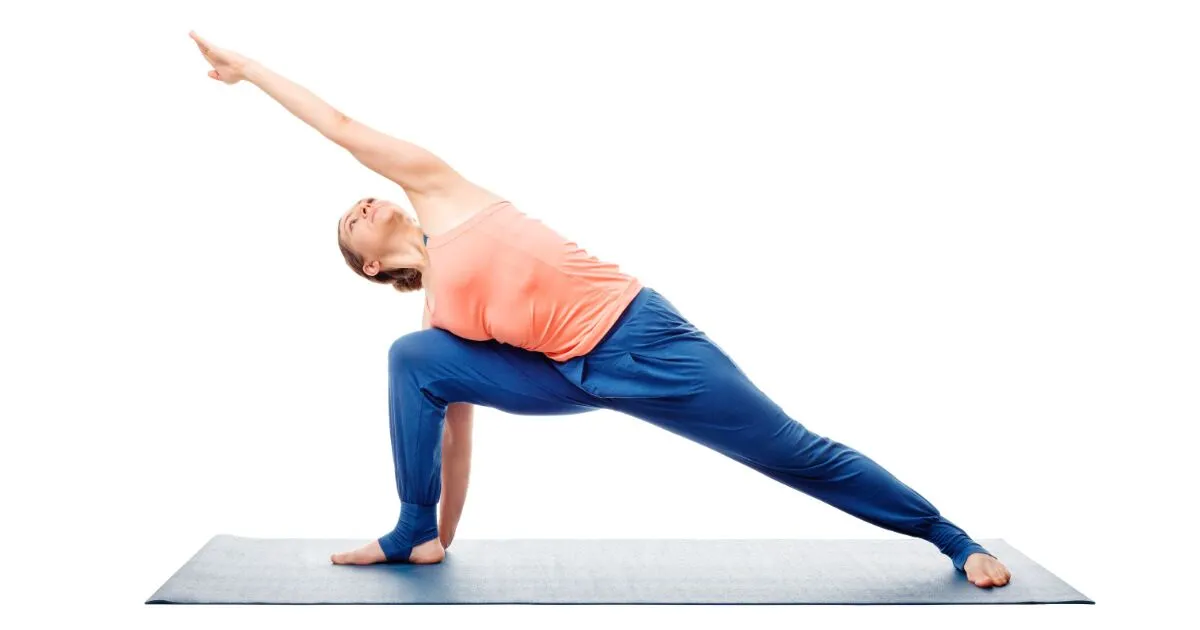In the practice of yoga, the gaze, or drishti, plays a crucial role in directing and focusing the mind, cultivating concentration, and deepening the meditative aspects of the practice.
Rooted in ancient yogic tradition, drishti techniques are employed to harness the power of visual focus, guiding practitioners towards a state of inner stillness, awareness, and connection.
In this article, we will explore the significance, benefits, and practical application of drishti in yoga practice, shedding light on its transformative potential for both body and mind.
Understanding Drishti
Drishti refers to the steady gaze or focal point that is maintained during yoga asana practice and meditation. The word “drishti” is derived from Sanskrit, meaning “sight” or “view.”
According to yogic philosophy, the eyes are the windows to the soul, and by controlling the gaze, one can influence the flow of prana (life force energy) and direct the mind towards deeper states of concentration and meditation.
Types of Drishti
In yoga practice, there are several specific drishti points that are employed to enhance focus, alignment, and energetic flow. Some common drishti points include:
- Nasagrai Drishti (Tip of the Nose): In this technique, the gaze is directed towards the tip of the nose, facilitating concentration and alignment in standing poses, forward folds, and balancing poses.
- Bhrumadhya Drishti (Third Eye): The gaze is directed towards the point between the eyebrows, known as the “third eye,” fostering inner awareness, intuition, and mental clarity.
- Angustha Ma Dyai Drishti (Thumb): The gaze is focused on the thumb, either of the hand or foot, promoting stability, balance, and concentration in standing and seated poses.
- Nabhi Chakra Drishti (Navel Center): The gaze is directed towards the navel center, stimulating the activation of the core muscles and facilitating deeper engagement in twists and backbends.
Benefits of Drishti Techniques
The practice of drishti offers numerous benefits for both the body and mind, including:
- Enhanced Concentration: By directing the gaze towards a specific point, drishti techniques help to quiet the mind, reduce distractions, and cultivate single-pointed focus.
- Improved Alignment: Focusing the gaze facilitates proper alignment of the body, ensuring stability, balance, and integrity in yoga poses.
- Energetic Awareness: Drishti techniques influence the flow of prana (life force energy) within the body, promoting vitality, vitality, and a sense of inner connection.
- Mind-Body Integration: By coordinating breath, movement, and gaze, practitioners experience a deeper sense of integration and presence in their practice.
Practical Application of Drishti
Incorporating drishti techniques into yoga practice requires mindful awareness and experimentation. Here are some practical tips for incorporating drishti into your practice:
- Start with a soft gaze and gradually deepen your focus as you become more comfortable with the technique.
- Experiment with different drishti points to see which ones resonate best with your body and mind.
- Remember to blink regularly to keep the eyes moist and relaxed.
- Practice mindfulness off the mat by applying drishti techniques to daily activities, such as walking, eating, or working.
Conclusion
Drishti techniques offer a powerful tool for enhancing concentration, alignment, and energetic awareness in yoga practice.
By incorporating these techniques into our practice, we can deepen our connection to the present moment, cultivate inner stillness, and awaken the transformative power of the gaze.
As we journey deeper into the practice of yoga, may we continue to explore the profound wisdom contained within the art of drishti, illuminating our path towards self-discovery, balance, and inner peace.



